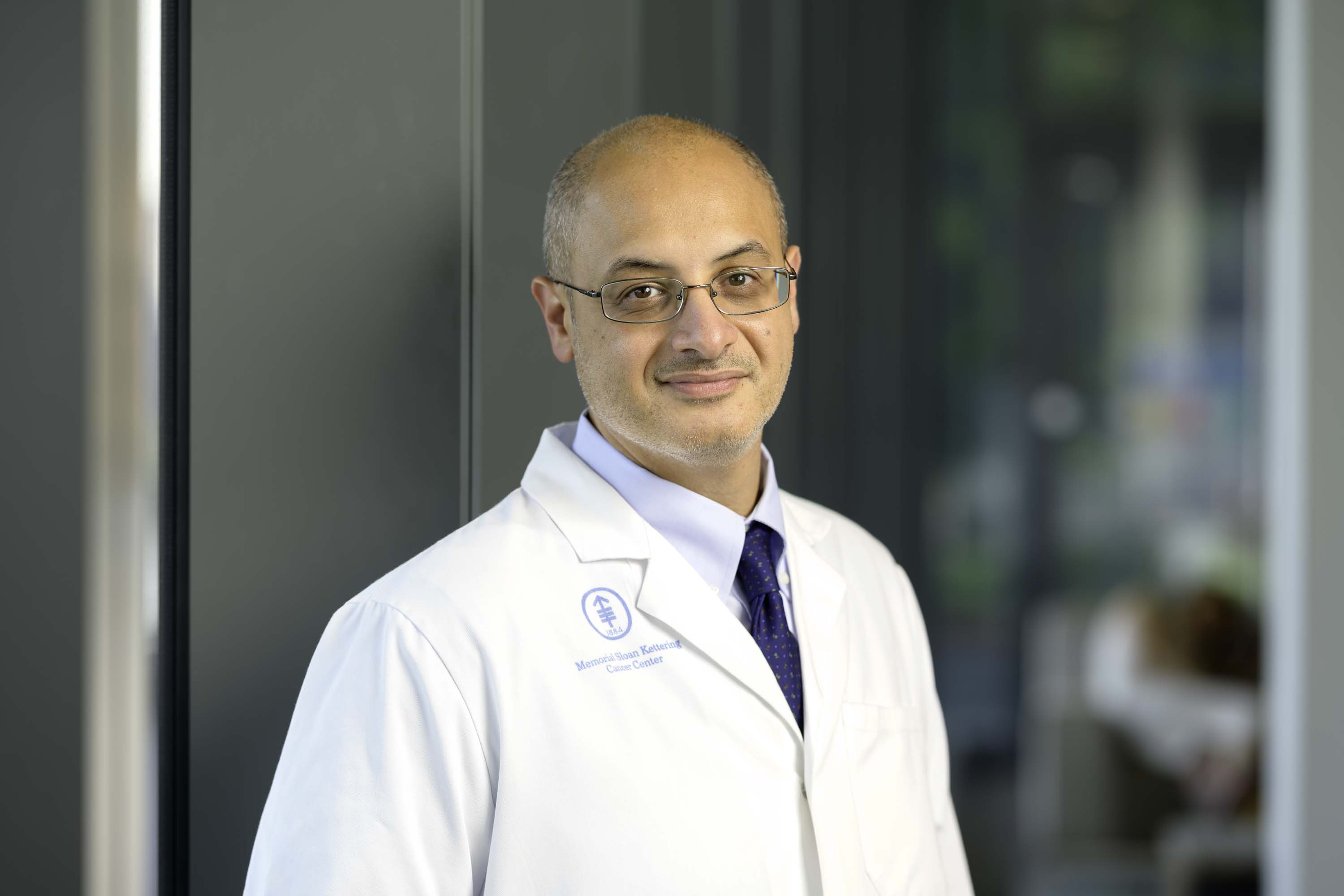
Bio

Molecular and cellular effects of general anesthetics
The overall focus of the lab is to better define the mechanisms by which a diverse group of pharmacological agents produce anesthesia. A potentially important region within the central nervous system (CNS) for contributing to the anesthetized state is the thalamus; it is a critical relay site for sensory information and it is considered to be an essential structure in the generation of consciousness and sleep. Inhibitory synaptic transmission helps regulate thalamic function, and the GABAA receptor is the primary receptor for mediating such transmission within the CNS. Many anesthetics are known to modulate the function of this receptor. This raises a number of basic questions, such as: What are the effects of different anesthetics on synaptic transmission in the thalamus? Do these drugs have unique effects in specific thalamic regions as a function of differences in receptor expression? GABA release is controlled by multiple mechanisms, including a variety of ion channels; is the function of those channels altered in the presence of anesthetics? The lab uses electrophysiological, immunohistochemical, and molecular biological techniques to address those issues.
